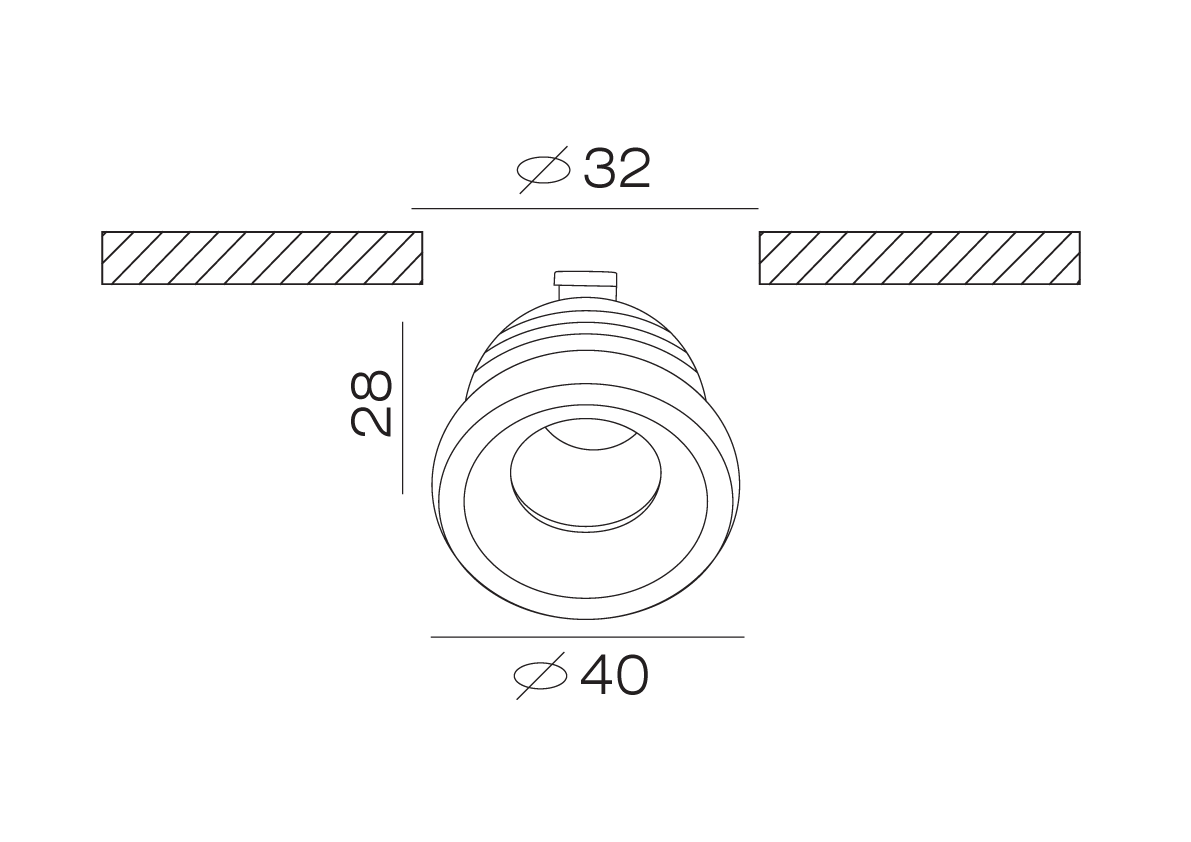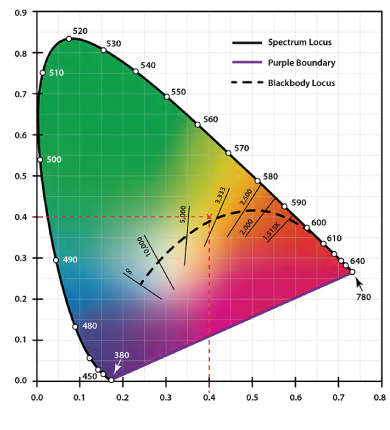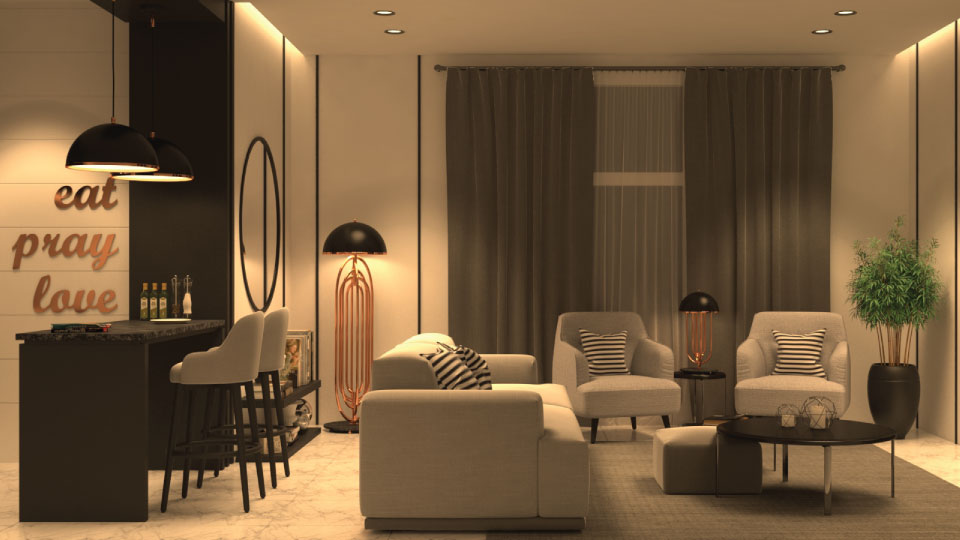
Correlated Color Temperature - CCT
Color temperature, Correlated Color Temperature or CCT is essentially a gauge of how yellow or blue the color of light emitted from a light bulb or fixture appears. Although there are rules of thumb that typically provide a positive outcome, color can be so subjective. With LED, your options have become almost limitless. Color temperature is an important factor for applications like lighting, photography, videography and other fields that involves lighting. Selecting the right color for your application can be pretty overwhelming!
Kelvin Scale
It’s measured in the Kelvin unit, different temperatures on the Kelvin scale represent different colors, most commonly found between
2000 Kelvin degrees and 6500 Kelvin degrees.

- Warm White:
2700K - 3500K color temperature range.
Is more yellowish-white. It definitely has a more relaxed feel and can even "appear" dimmer than higher/cooler color temperatures. - Neutral White:
4000K - 5000K color temperature range.
Is between white and blue tones. With a less cozy and more energetic feel, bulbs with this color range are best for work spaces. - Cool White (Daylight):
5000K - 6500K color temperature range.
Has a more bluish tone. This light color will maximize contrast for colors, making it ideal for working, reading or studying.
What is Correlated Color Temperature (CCT)?
Color temperature is a visible color characteristic of a light source, it is calculated by determining the temperature of the light on an isotemperature line on the chromaticity chart, related to a black body locus, (the path line that the color of an incandescent black body would take in the CIE 1931 chromaticity diagram as temperature changes/shift. It begins from reddish at low temperatures through orange, yellowish white, white, and bluish white at high temperatures.)
Using the sun as an example, It can be red, orange, yellow or white depending on its position. Sunlight changes color over different times of the day, this is a result of the scattering of light, and it is not due to changes in black-body radiation. For each color of the sunlight, the color temperature is different, e.g. the morning sun has a correlated color temperature of 2000K – 3000K (orange/reddish to warm white), in the noon it is at 5500K – 6500K (white or cool white) and in the evening the color temperature drops back to 1850K – 2000K.

How to select Color Temperature by application?

As you can tell, cooler color temperatures (3500-5000K) work well in environments where you want to promote alertness and calm. Similarly, warmer color temperatures (2200-3000K) work well with giving a sense of warmth and comfort or with rich, warm woods to bring out the detail in the grain.
Here is a simplified guide on what color temperatures typically work best by application.
| Application | Recommended Color Temperature |
| General retail | Choosing the right color temperature for retail typically varies based on the brand, atmosphere, and even location. Most retailers choose lighting within the 2700K to 4000K range. Some also choose to mix color temperatures. |
| Restaurants | Warmer color temperatures like 2700K tend to work well for High-end restaurants, while for quick-serve restaurants consider lighting in the 2700K to 3500K range. |
| Hotels | Similar to retail, hotel lighting can vary significantly based on the brand, atmosphere, and location. Typically fall in the 2700-3500K range, creating a warm, inviting atmosphere. |
| Office space - Hospitals - Schools | Neutral to cool color temperatures (3500-6000K) are generally appropriate for these applications for setting an energetic atmosphere and promoting alertness. |
| Outdoor site lighting, parking garages | For this kind of applications, efficiency is typically the priority over color temperature, cooler color temperatures in 4000-6000K range tend to be most common |

